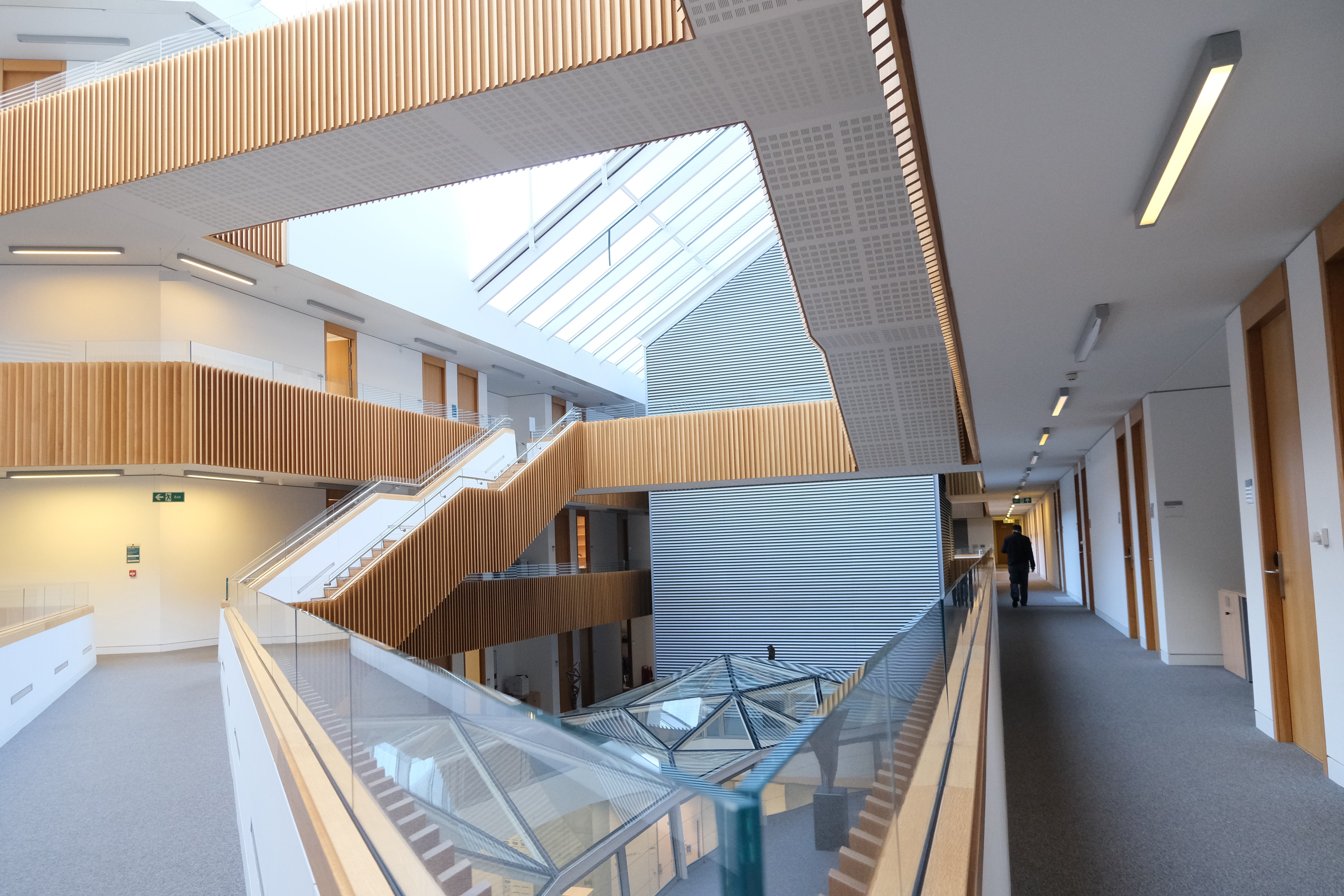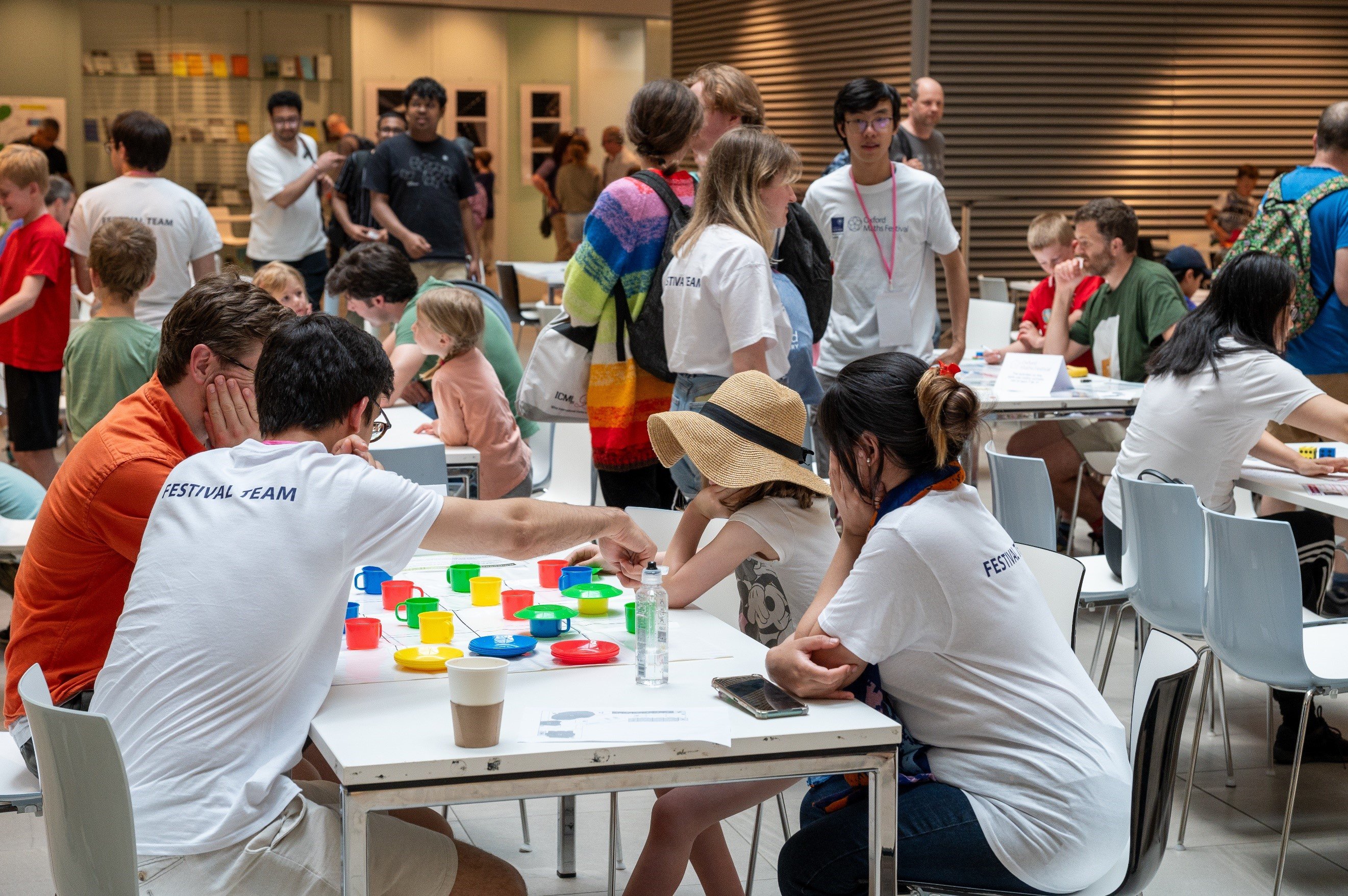 Have a department-related question? The Department has a student hotline: @email.
Have a department-related question? The Department has a student hotline: @email.
Trojan Records, founded by Jamaican Duke Reid and based in North-West London, was instrumental in bringing Jamaican music, initially rocksteady (as in this song) and then reggae, to a European audience, paving the way for the likes of Bob Marley. This track was later covered brilliantly by Blondie and also Atomic Kitten amongst others.
A double bill of big hitters for this annual lecture from the Department of Computer Science.
Leo De Moura (Amazon Web Services)- Formalizing the Future: Lean’s Impact on Mathematics, Programming, and AI
Kevin Buzzard (Imperial College) - Will Computers prove theorems?
14:30, Lecture Theatre 1, Mathematical Institute
We're looking for mentors and projects for online research projects with Africa. This scheme matches mentors with Master’s-level students in sub-Saharan Africa who are not currently enrolled in a PhD programme; through a combination of research experience and skills training, the scheme aims to empower students to make competitive graduate applications in Africa and elsewhere.
Tanniemola Liverpool's recent Public Lecture is now online.
The next Public Lecture on 30 April will feature Gábor Domokos, the 'father' of the Gömböc.


 Final reminder that today, 14th March, is the deadline to sign up to volunteer at the Oxford Maths Festival (10th-11th May).
Final reminder that today, 14th March, is the deadline to sign up to volunteer at the Oxford Maths Festival (10th-11th May). As exam season approaches, we want to remind you of the wellbeing resources available for students.
As exam season approaches, we want to remind you of the wellbeing resources available for students.